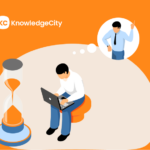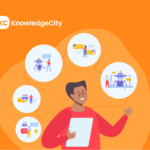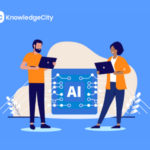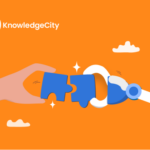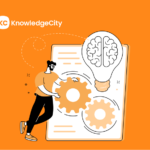The use of AI in HR is expanding fast. Solutions powered by machine learning are now part of recruitment, learning management systems, performance tracking, and even workforce planning. According to SHRM’s 2025 Talent Trends report, 43% of organizations now leverage AI in HR tasks, up from 26% in 2024, which is evidence of how quickly AI is reshaping the HR landscape.
But while these AI-powered solutions promise efficiency, many HR teams are still unsure how to ensure that their AI systems make fair and explainable decisions. Bias in training data, opaque algorithms, and a lack of oversight can lead to decisions that unintentionally disadvantage certain candidates or employees.
In the U.S., the EEOC has issued guidance on how AI and algorithmic decision-tools must comply with employment discrimination laws such as Title VII. Although these are not new laws created specifically for AI, regulatory attention is growing. In 2025, states such as California are implementing regulations that govern employer use of automated decision systems in hiring and employment decisions, and federal enforcement agencies are signaling increased scrutiny of AI applications in employment.
For HR professionals, developing a responsible AI framework is both a best practice and a safeguard that helps ensure fairness, compliance, and organizational integrity.
Core Pillars of a Responsible AI Framework for HR and L&D
A responsible AI framework in HR defines how systems are trained, tested, and monitored to keep decisions fair, transparent, and secure. The pillars below outline the key elements that guide responsible AI use across HR and L&D:
1. Fairness and Bias Testing
AI models rely on past data, and that data can carry human bias. Without regular review, these systems can repeat unfair patterns in recruitment or promotions.
Key actions for HR and L&D teams:
- Conduct bias audits before deployment and at regular intervals.
- Test AI outputs across different demographic groups to identify unequal recommendations.
- Apply measurable fairness indicators, such as the selection rate ratio, to compare decision patterns.
- Form a bias review group that includes HR, data specialists, and DEI representatives to interpret audit results.
- Adjust training data or model parameters to correct detected imbalances.
Practical impact:
Bias testing protects organizations from discrimination risks and improves hiring quality by keeping AI-driven processes equitable and defensible.
2. Transparency and Explainability
HR teams should be able to explain every AI-supported decision that affects a person’s job or growth opportunity. Clear communication helps employees understand how technology influences their outcomes.
How to strengthen transparency:
- Keep detailed documentation of how each AI tool functions, what data it uses, and what factors influence its results.
- Use explainability tools that show which variables had the strongest influence on a specific decision.
- Share simple, factual summaries with employees or candidates when AI results affect them.
- Create an internal AI tool directory that lists all HR-related AI systems and their purposes.
Why transparency builds trust:
When HR can clearly describe how AI works, it creates confidence among employees and helps leaders identify when to question or override AI suggestions.
3. Accountability and Oversight
Human oversight is essential for ensuring that AI supports ethical and informed decisions. Responsibility should be clearly defined at every stage of AI use in HR.
Steps to establish oversight:
- Assign AI accountability leads within HR to review AI results before decisions are finalized.
- Create an AI governance committee that includes HR, legal, IT, and compliance leaders.
- Keep traceable records of decisions influenced by AI, including who reviewed and approved them.
- Schedule regular system performance reviews to identify potential ethical or operational issues.
Result:
A clear oversight process ensures accountability remains with people, not algorithms, and that every AI-driven action can be explained and justified.
4. Data Privacy and Security
AI systems handle sensitive employee and candidate data such as assessments, resumes, and learning progress. Managing this information responsibly is central to both ethics and compliance.
Key practices for data governance:
- Map all data used by HR AI tools and clarify why it is collected.
- Use only data that supports specific, transparent business purposes.
- Apply strict access controls, encryption, and data anonymization where possible.
- Follow regional and international privacy laws such as GDPR and CCPA.
- Audit external vendors to confirm they meet your organization’s data standards.
Outcome of strong privacy practices:
Clear data boundaries and secure storage reinforce employee confidence and protect the organization from legal and reputational risks.
5. Continuous Learning and Ethical Training
AI systems evolve, and so must the people managing them. HR and L&D teams need ongoing training to stay aligned with new technologies, regulations, and ethical expectations.
Practical learning strategies:
- Include AI ethics training in leadership and compliance programs.
- Offer AI literacy workshops that teach HR staff how to interpret and question algorithmic recommendations.
- Design employee training that explains how AI supports career development and performance management.
- Update learning content regularly to reflect new tools or laws affecting AI use.
Organizational benefit:
Embedding AI ethics and literacy into learning ensures that technology use grows responsibly and that teams feel equipped to make fair, informed decisions.
Integrating the Five Pillars
These five pillars work together as a complete structure for responsible AI in HR. Fairness keeps outcomes equitable, transparency creates understanding, accountability enforces oversight, privacy protects individuals, and continuous learning sustains progress.
When applied consistently, this framework turns AI into a reliable system that enhances both organizational performance and employee trust.
The Role of L&D in Building Responsible AI Culture
L&D teams play a key role in turning responsible AI principles into everyday practice. Training programs can help employees understand what AI does, how it supports their growth, and where its limitations lie.
For instance, courses that teach “human-AI collaboration” can help managers learn to balance algorithmic insights with empathy and human judgment. Similarly, leadership training can include modules on data-driven decision-making and ethical accountability.
When learning initiatives emphasize transparency and fairness, they create a ripple effect across the organization. Employees feel more confident using AI tools, and managers make more balanced, informed decisions.
Turning Responsible AI Into Everyday HR Practice
The most effective frameworks are those that become part of daily operations rather than isolated compliance checklists. Here’s how HR teams can begin embedding responsible AI into routine practice:
- Start Small: Begin with one area, such as recruitment or learning analytics, and introduce fairness and transparency measures there.
- Build Partnerships: Work with legal, data, and IT teams to design policies that ensure AI systems meet ethical and technical standards.
- Engage Employees: Communicate openly about how AI tools are used and invite feedback from employees to improve trust and adoption.
- Review Regularly: Schedule ongoing reviews to assess how AI systems perform and update frameworks as new regulations and technologies emerge.
Responsible AI in HR is an ongoing process, one that grows as technology and organizational needs evolve.
Moving Forward with Purpose
Responsible AI begins with intentional choices: choosing to see people behind the data, keeping human judgment at the center of decisions, and designing systems that reflect the values your organization stands for. When HR leads with this mindset, technology becomes more than a tool; it becomes a trusted partner in building workplaces where everyone can thrive.
At KnowledgeCity, we help organizations bring these principles to life through practical, ethics-focused learning experiences. Our courses empower teams across departments to use AI responsibly, strengthen decision-making, and build a culture of trust.
KnowledgeCity, the best employee training platform in the USA, supports organizations in turning responsible AI principles into everyday learning and leadership practices.
Subscribe to Our Newsletter
Join 80,000+ Fellow HR Professionals. Get expert recruiting and training tips straight
to your inbox, and become a better HR manager.
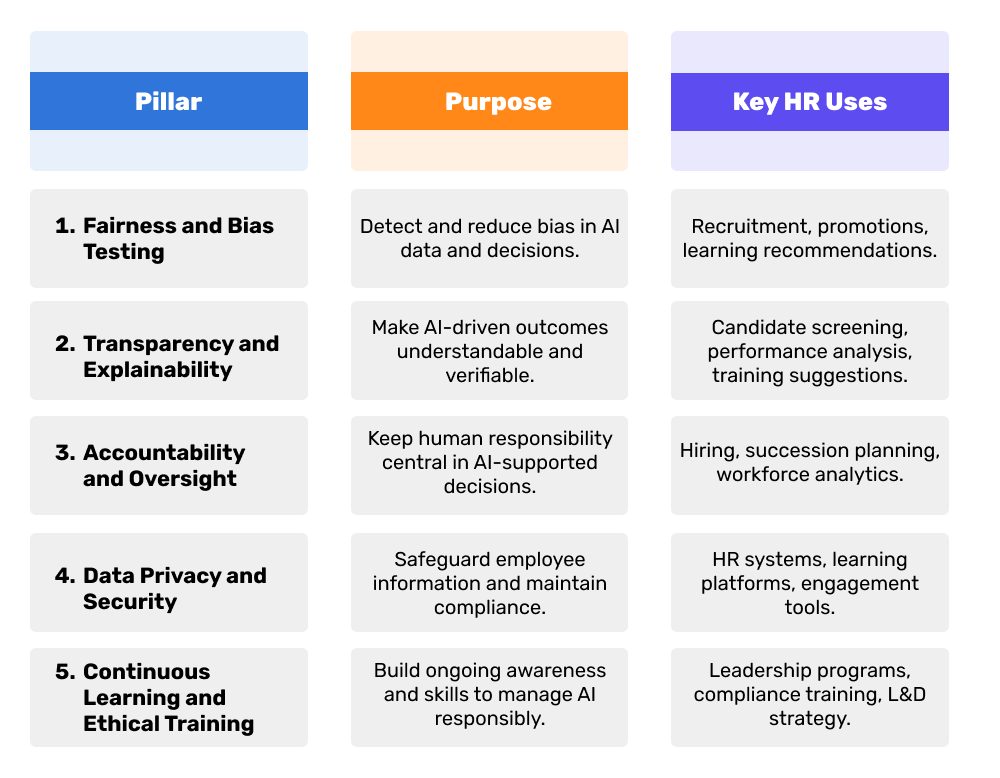

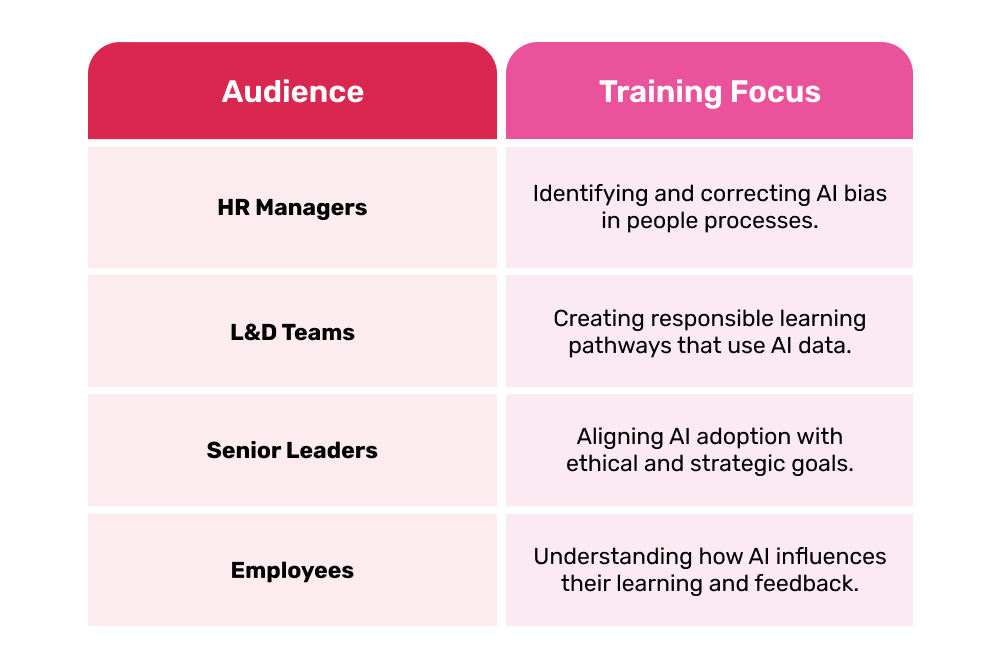

 KnowledgeCity
KnowledgeCity 